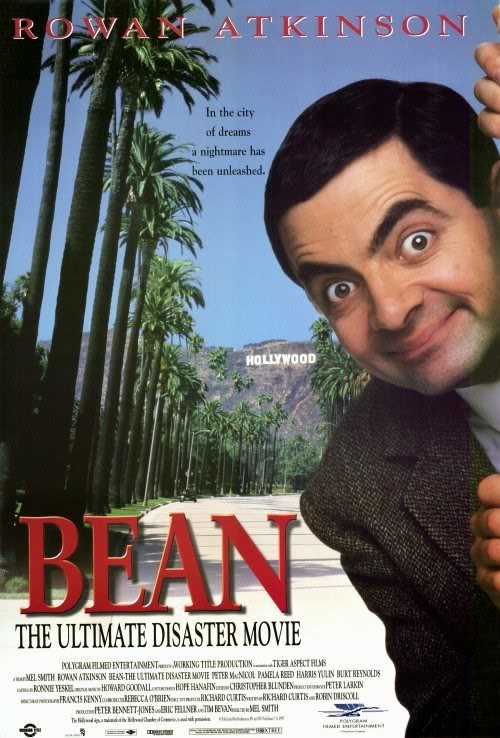The Godfather
Opening Image(1): A CU man's face dimly lit, slowly tracking tracking out.
Theme Stated (5): Respect is valued more than friendship or justice.
Set-up (1-10): Establishes the Don, his family and members of his mafia that will play a role further on in the film. It also establishes the idea of organized crime that drives the storyline.
Catalyst (12): A man who has affiliation with the Tatalias wants to financial support for the narcotics business from the Corleons but the don refuses his offer. Then the Tatalias try to assassinate the don.
Debate (12-25): The Tatalias want Tom Hagen to make peace between the Corleons and Tatalias because they needed the business after the supposed death of Don Corleon. The Corleons begin to plot the next moves.
Break into Two (25): Michael begins to take control of the family while the Don is recovering in the hospital.
B Story (30): Michael and his girlfriend are slowly fading away from each other because of his involvement with his family business.
Fun and Games (30-55): Where Michael kills Solazo and the Tatalia boss in the restaurant.
Midpoint (55): Michael kills Solazo and the Tatalia boss then has to move to Italy to hide away for awhile.
Bad Guys Close In (55-75): The Tatalias kill Sonny and inflame the rivalry between the Corleons and the Tatalias.
All Is Lost (75): There seems to be peace after the death of Solazo and the police chief as organized crime throughout the city becomes low key.
Finale (85-110): Michael Corleon takes over the family business as the new head of the family.
Final Image (110): Fade out shot of New York City.
Mickey Blue Eyes
Opening Image(1): Character auctioning off priceless items.
Theme Stated (5): Family ties are strong.
Set-up (1-10): The main character, Michael, plans to propose to his Italian wife, Gina. He proposed and she reacts crazily.
Catalyst (12): Gina happens to be a mob bosses daughter and does not want to involve Michael in her family like that.
Debate (12-25): The father keeps insisting to involve Michael into the dirty business he is involved in.
Break into Two (25): Michael owes Jimmy money for a painting of Jimmy's sold and Gina shoots Jimmy by accident
B Story (30): Michael is slowly slipping away from Gina as he grows closer to her father.
Fun and Games (30-55): Michael tries to be more Italian by picking up on some Italian-English lingo.
Midpoint (55): Vito figures out that it was Gina and Michael who killed Jimmy and he wants them killed
Bad Guys Close In (55-75): They plan to kill Michael at the wedding and have Gina's father kill Michael.
All Is Lost (75): Michael and Gina's father try to cross Vito by getting in the FBI into the situation.
Finale (85-110): Vinny shoots Gina and Michael and Gina's father feel at fault. But Gina and Vinny were also in with the FBI and Gina faked her death.
Final Image (110): Gina and Michael kissing in Central Park.
My Cousin Vinny
Opening Image(1): A car riding freely down the highway, countryside.
Theme Stated (5): Wrong place at the wrong time.
Set-up (1-10): Two friends are traveling across country to go UCLA to see the college. They make a stop at a gas station on the way and the main character forgets to pay for an item and steals it by accident.
Catalyst (12): The cops follow the teenagers driving down the freeway. They are then pulled over and the teenagers think it was for accidentally stealing the item. But they were actually framed for a murder that occurred as they left the gas station.
Debate (12-25): One of the boys has a cousin who is an attorney and will come help them out. It was their last resort after not having the funds to pay for an attorney which they said would cost $50,000 - 100,000.
Break into Two (25): His cousin comes to rescue them but the teenage boys come to find out that the attorney cousin, Vinny, has failed law school 6 times and had became an attorney six month ago for personal injury cases and not had one case yet. The boys seem to be out of luck.
B Story (30): The relationship between Vinny and his girlfriend are the b story. She motivates him to become a better lawyer and wants to help in out in any way possible for the case.
Fun and Games (30-55): There is a series of little quarrels that Vinny has numerous times throughout the movies. His smart aleck remarks exemplify his witty and hard headed personality that defines him as a character and corresponds with his attorney job.
Midpoint (55): The case is now going to trial. Vinny has realized his inexperience and now has stepped his act up. He has now been studying and finding counter evidence to prove his cousin not guilty.
Bad Guys Close In (55-75): The persecutor is bringing new evidence to court and warns Vinny, but does not let him know what the evidence is. He warns Vinny that the case is now in the bag.
All Is Lost (75): In court, Vinny attempts to object the witness being called to the booth by the persecutor but the judge overrules his objection. The witness is a forensics FBI agent and states his evidence which seems more than likely to the jury.
Finale (85-110): Vinny's wife is a mechanic and she finds evidence to prove the defendants not guilty of the murder when called up to the witness booth. The two boys are sentenced not guilty.
Final Image (110): Vinny and and wife ride off into the sunset.

